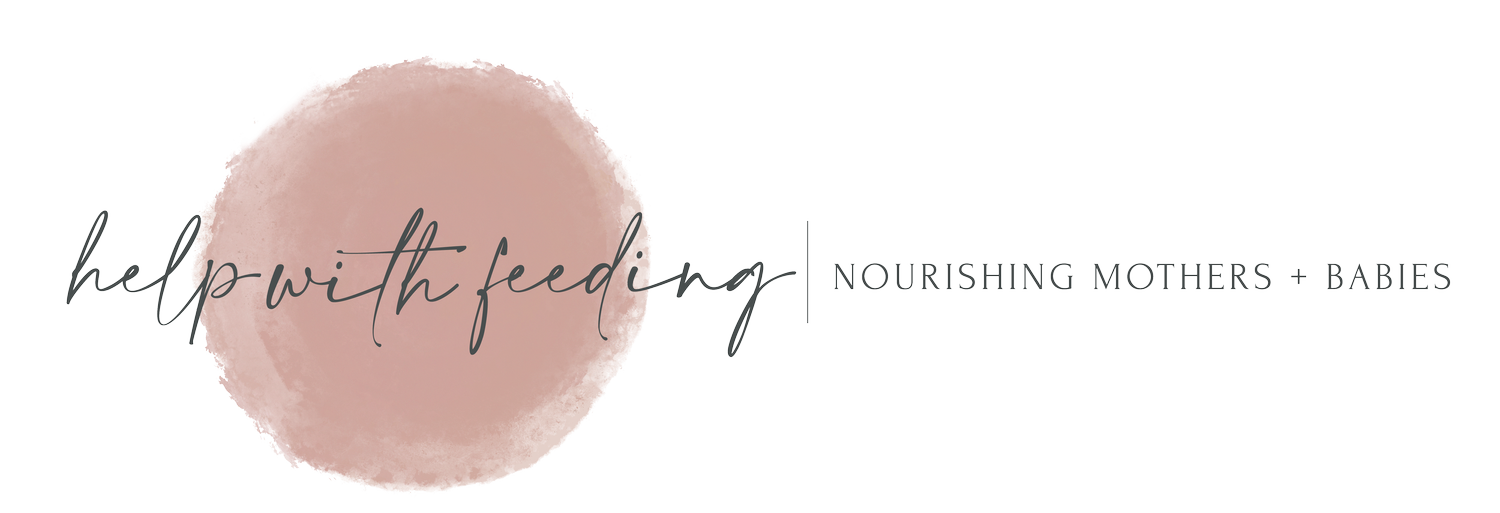Paced Bottle-Feeding
Does your baby cough and gasp during bottle-feeding? Do you see signs of stress such as eyes widening, arching, or fingers splaying while your baby is drinking?
Some babies are very good at pacing themselves and you will see them take a break every three to four sucks for a swallow however some are not so organized in the fourth trimester. These babies may struggle with bottle-feedings because they are having difficulty coordinating a suck-swallow-breathe pattern on their own.
Newborns typically take 1-2 sucks before swallowing and breathing; a normal suck-swallow-breathe pattern looks, sounds, and feels rhythmic. Babies who haven't learned this skill will typically take many sucks and swallows and finally take a break to breathe, which sounds like panting or "catching their breathe".
Signs that they are having difficulty include coughing and/or choking, gasping for breath, eye widening, and/or loud swallows heard during feeding. Others include bottle refusal, milk spilling out the sides as well as feedings taking longer than 30 minutes. When this occurs, the use of paced feeding (also called external pacing) may be helpful. By inserting brief pauses in sucking, you can help your baby become more coordinated and efficient with the bottle.
How it looks:
Position your baby in a more upright position ensuring that their head, neck, and trunk are aligned (all facing the same direction) and well supported in your arm.
Present the bottle making sure to keep the nipple full with breastmilk/formula while the baby is sucking. You will be inserting breaks instead of controlling the flow with the popular "paced bottle feeding" techniques which encourage horizontal position (this often results in excessive air intake).
Allow the baby to open her mouth and accept the nipple, never forcing it in.
Watch as the baby begins to suck, allow her to suck 3-5 times and tilt the bottle downward (so no milk is in the nipple) or remove the nipple if she has not paused to breathe.
Often babies will swallow, take a breath, and open their mouth to let the feeder know they are ready to begin feeding again. The pause/break is very quick (2-3 seconds).
Continue this process throughout the first few minutes of the feeding. You may notice that the baby begins to naturally pace themselves (this is good, this is your goal! ) and you will not have to enforce breaks as often and eventually not at all.
Helpful Tips:
Use a slow flow nipple to start with to naturally slow the flow of fluid. All "slow flow" nipples are NOT created the same. Here's a great resource with information on choosing the right bottle system for your baby: https://www.infantfeedingcare.com/
Try feeding your baby in an elevated side-lying position to help keep the bottle in a neutral position and the baby more organized. This can also help your baby handle the flow of the liquid a bit easier.
Remember to always follow your baby's lead. If they are refusing the bottle, they are not ready for a feeding. We never want to force a baby to eat.
Download our Paced Bottle Feeding tip sheet here - this is a great resource to share with family members and caregivers who may be feeding your baby!
If your baby continues to struggle with bottles, please reach out for more support. If you are in New York state, virtual or in-person support can be found HERE.
*This information is not to replace medical or professional advice. If you feel that your baby is still struggling with feedings, please seek support from a local speech pathologist or occupational therapist.


